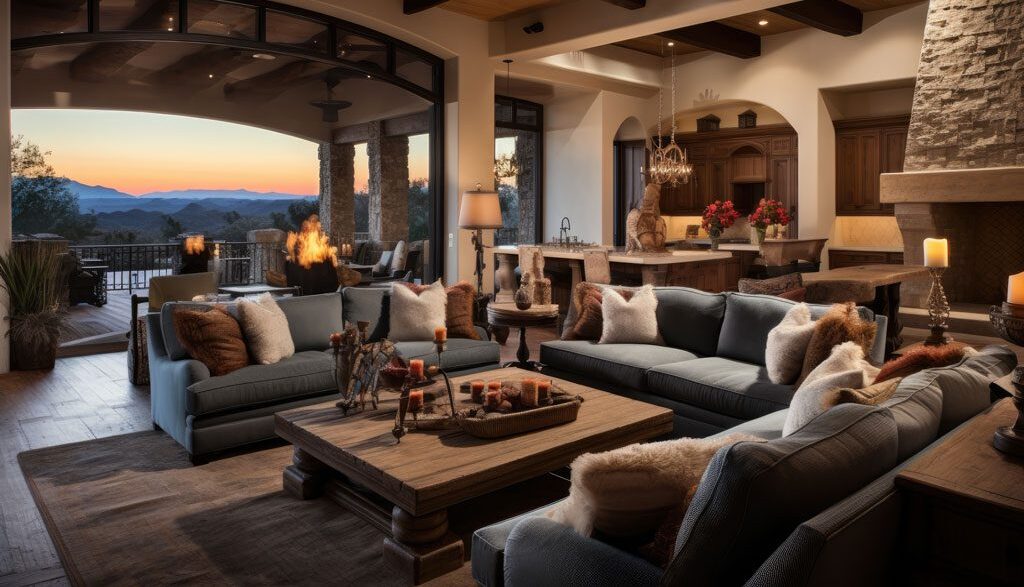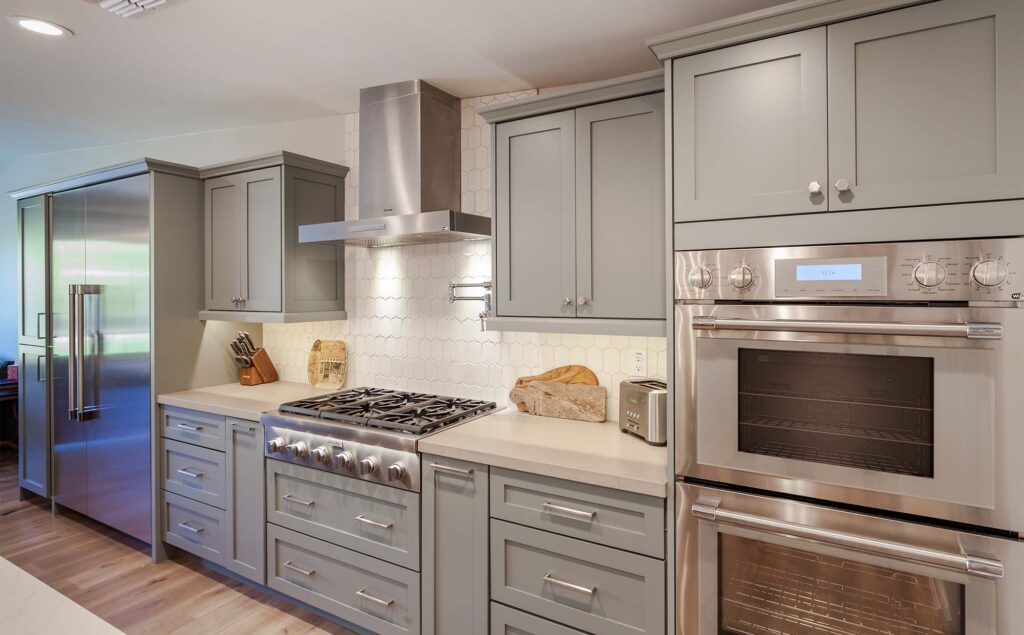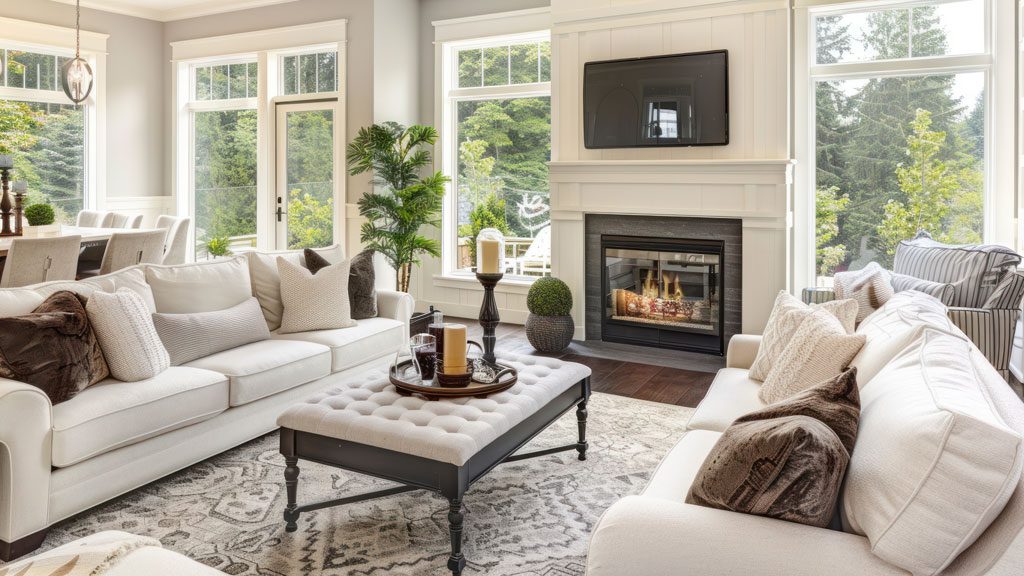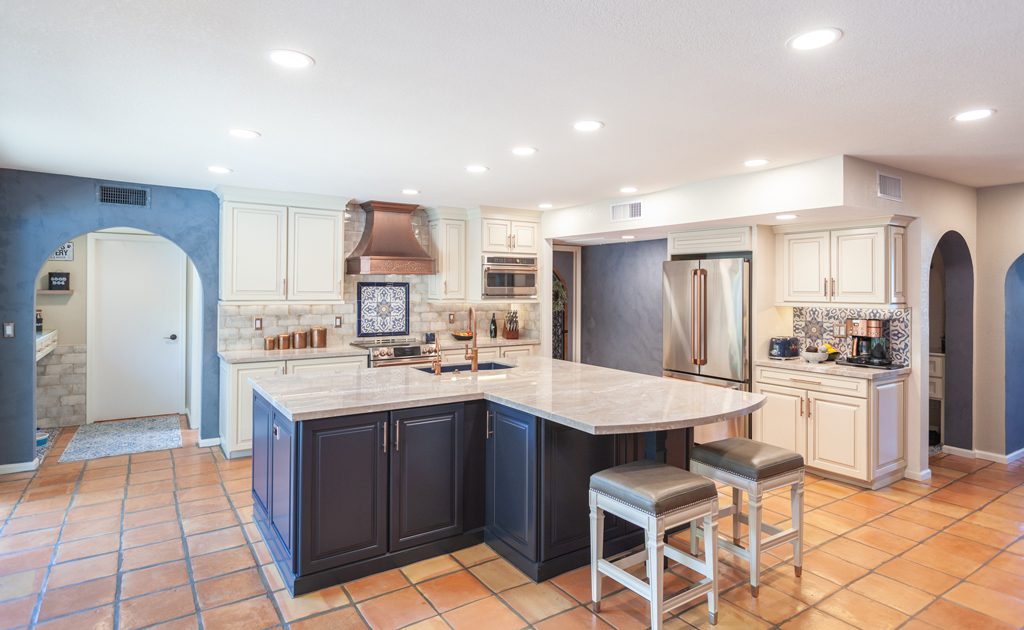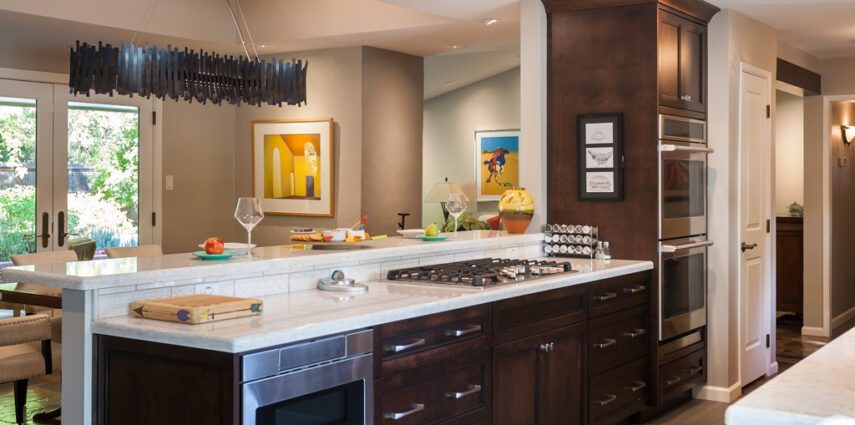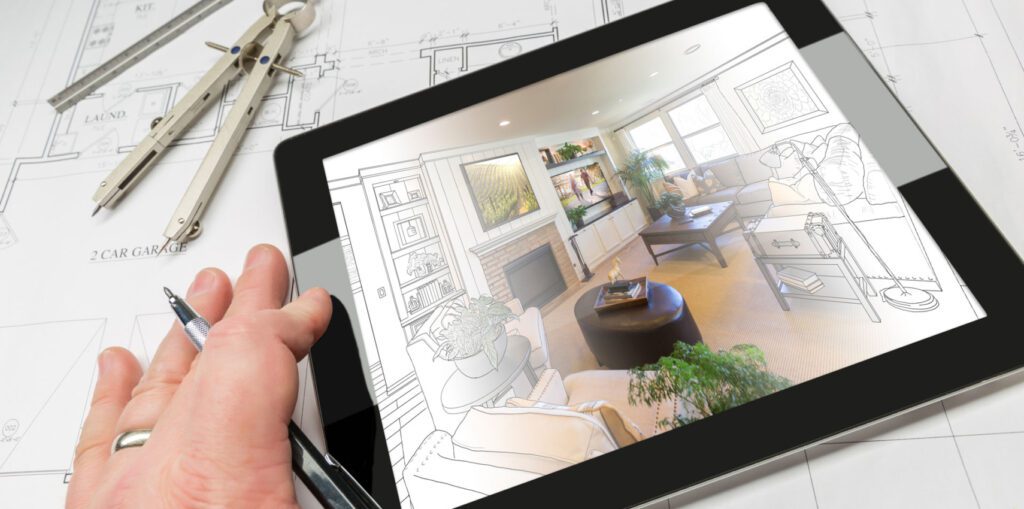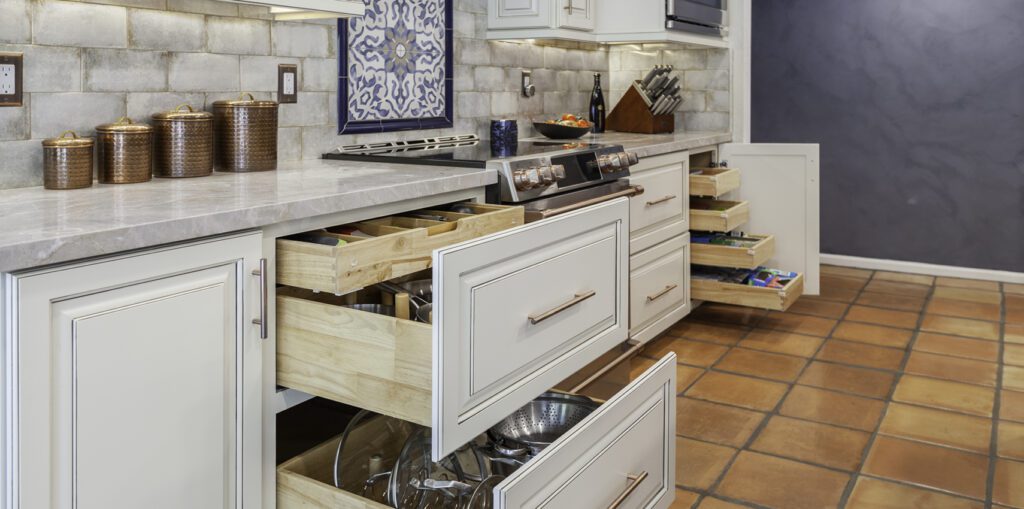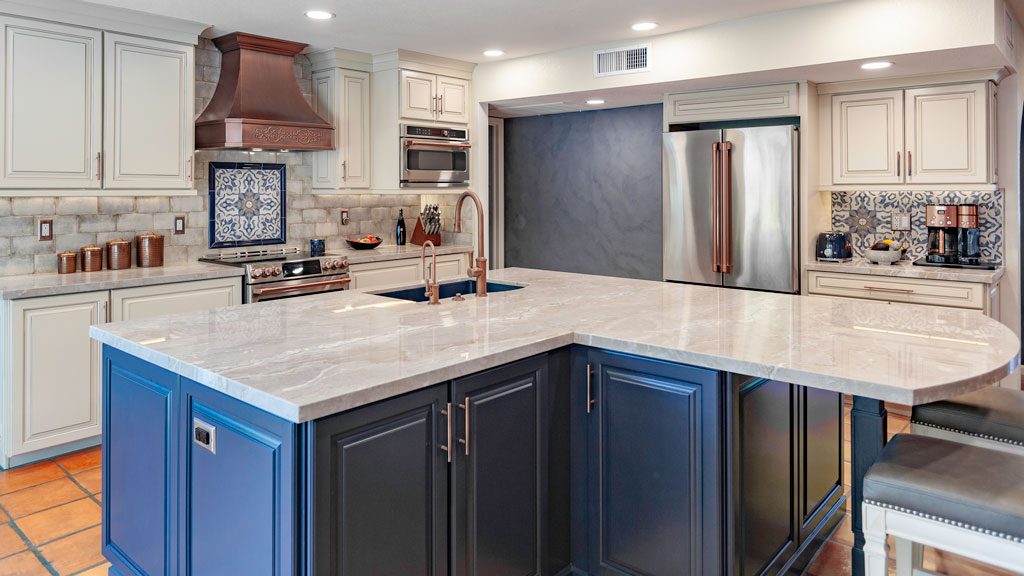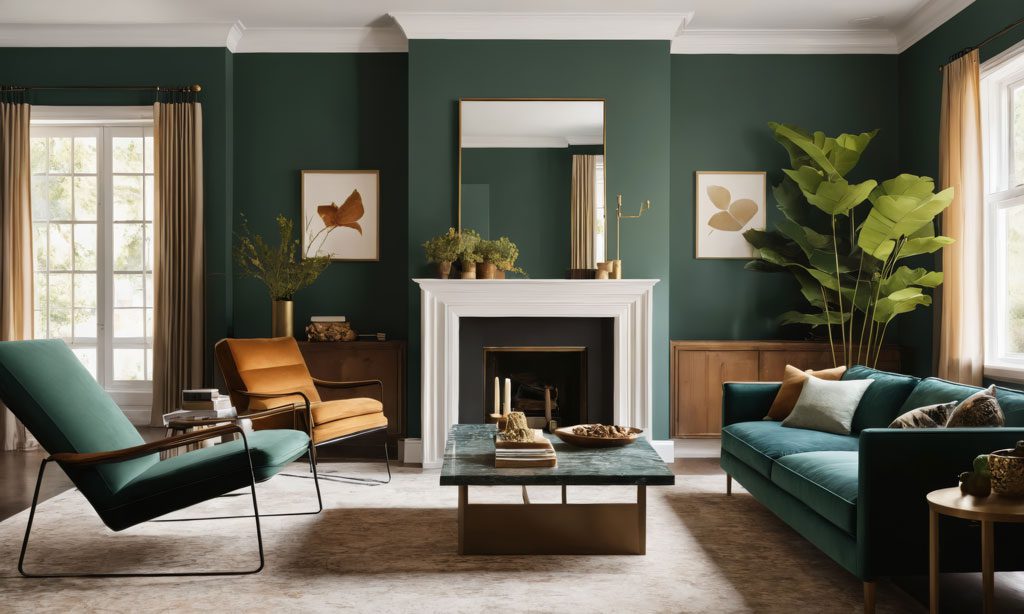Posts Tagged ‘Award-winning Designs’
Phoenix Home Remodeling: Trends, Tips, and Making it Shine
The Phoenix housing market might be adjusting, but homeowners are still prioritizing their spaces. In fact, 2024 Phoenix home remodeling is all about intentionality, maximizing value, and creating comfortable, functional havens. Let’s explore key trends and considerations to elevate your home this year: Trending in Phoenix Home Remodeling 2024 Considerations for Your Home Remodel Making…
Read MoreWhere Designers Would Spend and Save in a Kitchen
Our experts suggest where to splurge and where to trim the budget when redesigning your kitchen Written by Julie Butterworth, Houzz Contributor, and homes, architecture, and property journalist. A budget helps you to know where to save and where to spend. From appliances and fixtures to countertops and cabinets, a healthy balance of investment and…
Read MoreHow to Get Your Furniture Arrangement Right
Like a blank page or canvas, an empty room can be either an opportunity or a challenge. With so many ways to fill it, how do you know where to start? I’ve taken some of the basic rules of furniture arrangement and distilled them into 10 simple tips. They’ll help you work with your interior designer…
Read MoreTop 10 Kitchen Island Must-Haves for 2023
Kitchen islands are the heart of the modern kitchen, offering extra prep space, storage, and a place to gather. But with so many design options, it can be overwhelming to know where to start. Here, we reveal the 10 features kitchen designers recommend most often to create a beautiful and functional island that reflects your…
Read MoreCOMMON DECORATING MISTAKES AND HOW TO FIX THEM
If you’re scratching your head over why the decor in your home leaves you feeling slightly underwhelmed, a remedy — or at least an improvement — may be just a few moves away. Whether it’s a bland room, a paint color you’re not quite sure about, or throw pillows that refuse to sit right, here…
Read More6 TIPS FOR MAKING YOUR REMODEL MORE SUSTAINABLE
Whether you’re remodeling or building from scratch, it’s a great opportunity for making your home more sustainable (environmentally friendly). From finding local materials to designing easy-to-clean spaces with an eye to the future, here are six expert insights you need to know if you’re eager to go green. Making Your Home More Sustainable 1. Look…
Read MoreHOW TO WORK WITH AN INTERIOR DESIGNER
When most people think about hiring an interior designer, they zero in on aesthetics: wall colors, window treatments, and pillow patterns. But that’s just scratching the surface of what a designer can add to a home. These pros go beyond cosmetic concerns to ensure that a space feels harmonious through and through, from its floor…
Read MoreHOW TO STORE KITCHEN TOOLS AND FLATWARE
They say the key to organization is a place for everything and everything in its place. This is true for even the smallest items, such as your kitchen utensils. These include your everyday flatware as well as the many small but mighty cooking tools a serious chef requires. Here are some of my favorite options…
Read MoreWhere Should You Put The Kitchen Sink?
Where should you put the kitchen sink in your remodel? Do you put it facing a window or your guests? In a corner or near the dishwasher? Here’s how to find the best place for the kitchen sink. To find your dream kitchen sink, you will likely spend a good amount of time browsing sink…
Read MoreHow to Build a Color Palette in 5 Simple Steps
Color palettes are the secret to giving every makeover that tied together look, but how do you build one? We’re sharing some simple steps to help you build a color palette of your own for your next project. STEP 1: START WITH THE SPACE Unless you’re doing a floor-to-ceiling overhaul, the first place to start…
Read More
